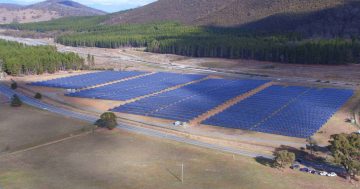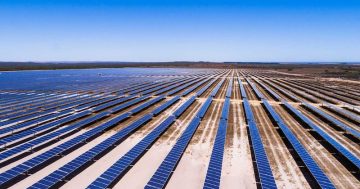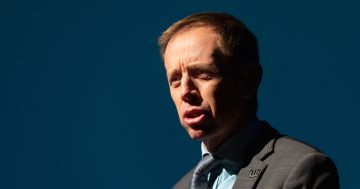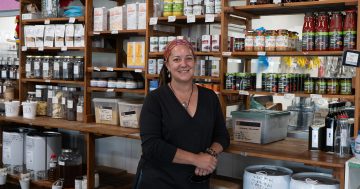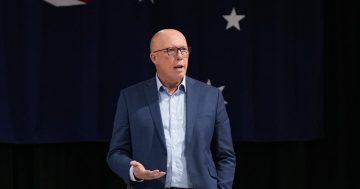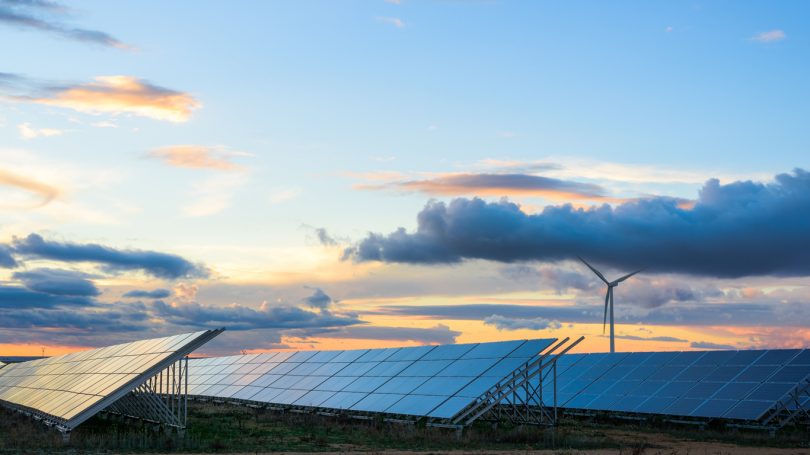
Renewable electricity is just part of the solution to reduce our carbon emissions. Photo: Supplied.
The ACT prides itself on being a leading jurisdiction when it comes to responding to climate change. We have been courageous in our aspirations and have worked hard to meet them. While there were many sceptics when our 100% renewable electricity target was adopted, two years out from the deadline and after significant planning and investment in renewables, we are on track to meeting our target. The government’s work in this area is well supported by the community. A 2016 survey found that 90% of respondents agreed that climate change was a genuine problem, 81% wanted the government to take strong action and 70% recognised that individuals needed to take personal responsibility in reducing greenhouse emissions.
While we have made a good start in doing our bit to reduce our impact on the climate, there is still much to be done. The 100% renewables target is one part of a bigger target around eliminating our carbon emissions, with the ACT aiming to achieve net zero emissions by 2050 at the latest. Working out how we get there is a key focus of the discussion paper, The ACT’S Climate Strategy to a net Zero Emissions Territory, that was released by the ACT Climate Change Minister Shane Rattenbury MLA this week.
The discussion paper has been released to generate discussion and ideas from the community. A key question is whether or not there should be interim targets to support the longer term target of zero emissions. It also canvasses whether or not the Territory should use ‘carbon offsets’ from projects outside the ACT if there are any shortfalls, or whether it would be better to calculate a cost per tonne of any emissions created above the target, and directing that money to real emissions abatement activities in the ACT region.
It explores issues regarding what to do in the different sectors where we are creating the most emissions. When we look at where we are generating emissions, it is clear that achieving our renewable electricity targets are only the first part of our journey to a zero-emissions future. It is also clear that we have a big challenge for the next part of this journey – one that will need to be shared by Governments, businesses and households. With the removal of electricity emissions, we will now need to focus our efforts on reducing emissions associated with transport, emissions created through the use of gas, emissions generated by industry and emissions created by our waste.
Transport presents key challenges, particularly given that in Canberra it is all too easy to reach for the car keys rather than walk, cycle or catch public transport. The government can do part of this work; in fact, part of the design of the light rail system is to reshape our city to create a public transport spine. City design can also create opportunities to reduce our need for travel, but the decision is ultimately in our hands. There is a need for all of us to change our behaviour, including using our vehicles less and considering switching to electric vehicles powered by renewable sources. While it seems a long way away, we can draw inspiration from places like Norway which deliberately designed policy and provided subsidies to support electric vehicles, and are even aiming for all new passenger car sales to be fully battery electric or hydrogen fuel cell vehicles by 2025. While these may not be the best measures for us, it is clear that a business as usual approach will not get us where we need to be.
Gas is another area of challenge, particularly given that many businesses and households have legacy systems that rely on gas. While we may love cooking with gas and the comfort provided by ducted gas heating, the reality is that this energy source is increasingly costing us money, and contributing to greenhouse gases. The paper notes that some developers are proposing ‘all electric’ suburbs and wants to hear the community’s views as to whether or not we should continue to roll out expensive gas infrastructure – that may be used by fewer households – in new suburbs. It is also keen to hear the community’s views on the use of alternative fuels, and the role of planning and building in transitioning away from gas as a key energy source.
Whatever your views, this is the chance for you to share them, and be part of the process that will make the ACT an emission-free city by 2050. Contributions are welcome until 9 April 2018 via the ACT Government’s Have Your Say website.
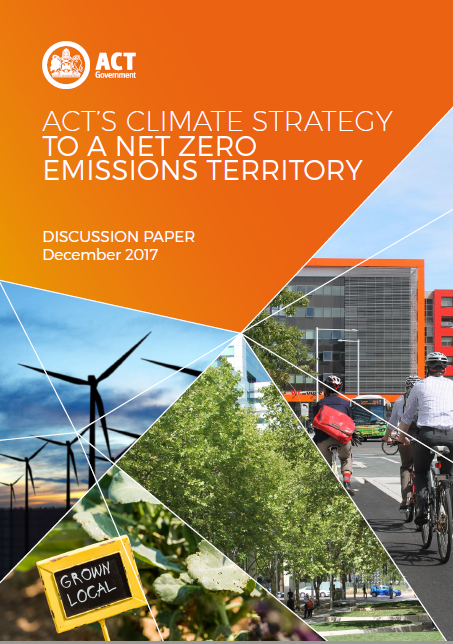
Photo: ACT Government.
Rebecca Vassarotti is an active member of the ACT Greens and was a candidate in the 2016 Territory Election.












